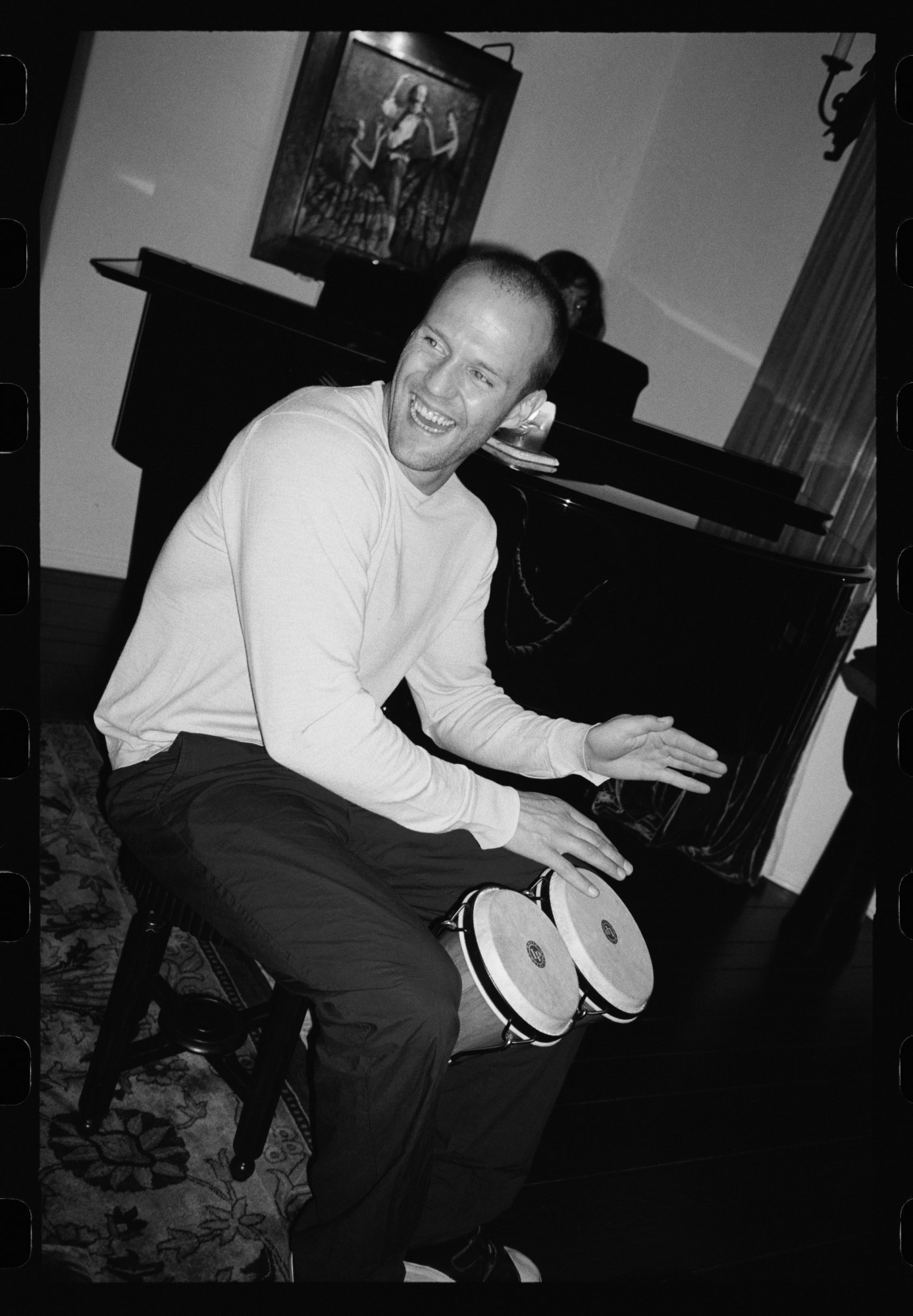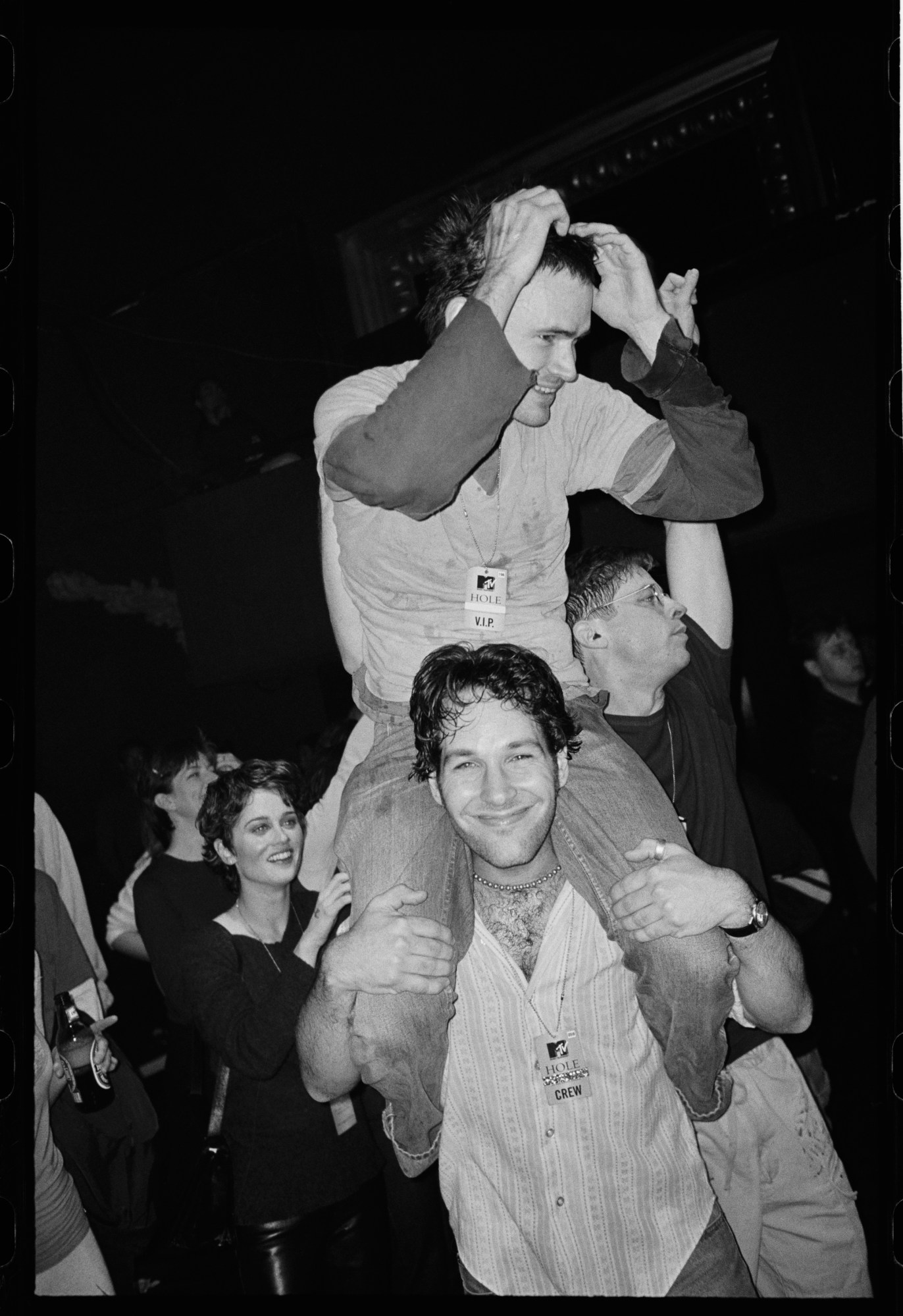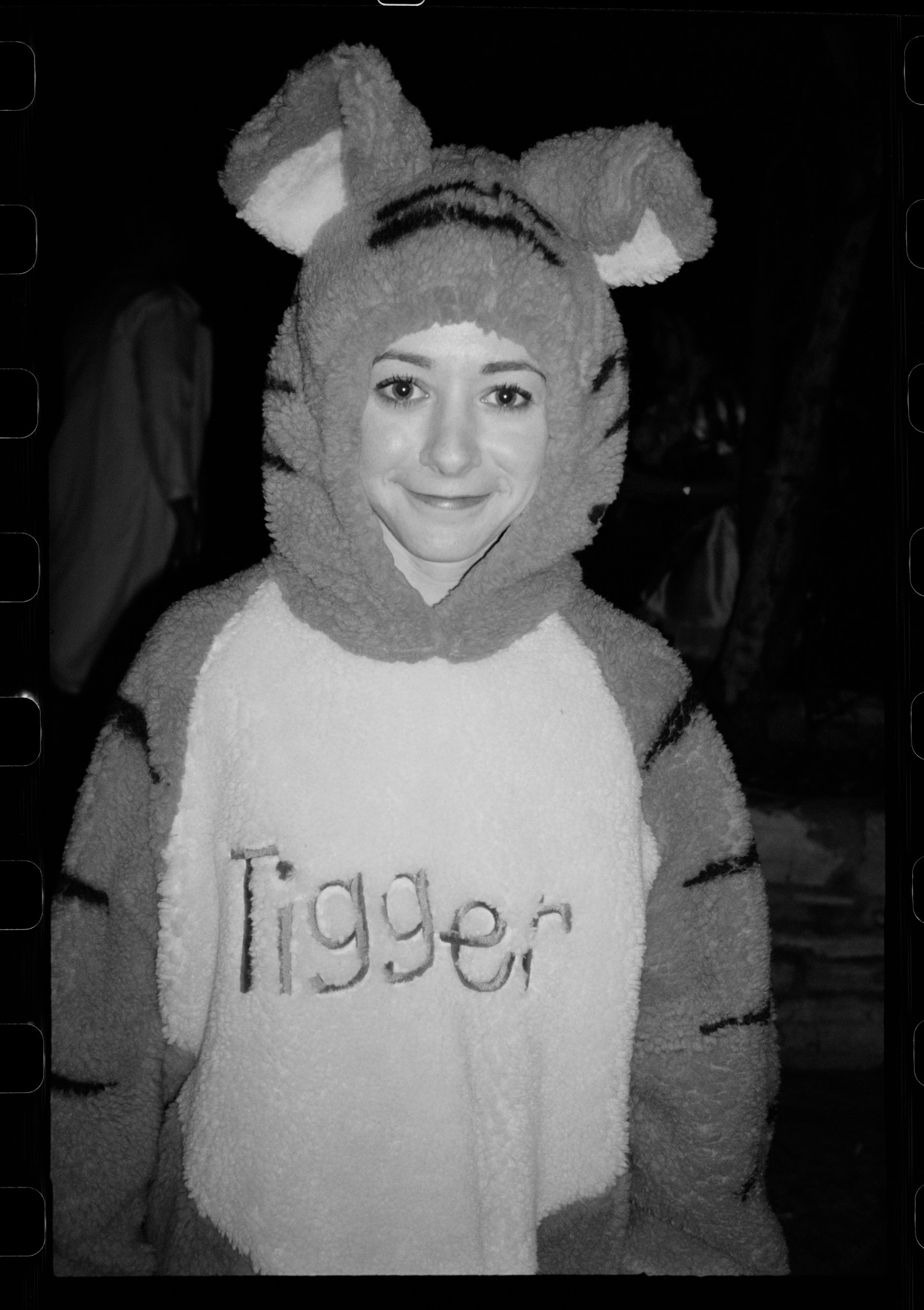Before the entirety of Tinseltown became the paparazzi of their own lives with the advent of Instagram, Randall Slavin was running around the Hollywood Hills with his not yet famous friends and an Olympus Stylus in his pocket, unknowingly capturing the final moments of an era about to change forever.
A struggling actor at a time when today’s Oscars guest list were also just trying to get their foot in the door, Slavin watched the beautiful people stroll past the gas station he was working in to make ends meet, and into the headshot studio opposite. Following in their footsteps was the best decision he ever made, and he soon gave up pumping gas for photographing the up-and-coming, taking headshots of his pals (including Hilary Swank, whom he shared an acting agent with), and eventually embraced the fact that his talents lay behind the camera rather than in front.
Since then Randall Slavin has become the go-to photographer for Hollywood’s A-list as well as the magazines featuring them. But it’s the snapshots that have been brewing in the back of his wardrobe for 30 years that make his new book We All Want Something Beautiful a true document of the evolution of Hollywood. Named after a line from a Counting Crows song, and published alongside some of his more recent, less candid portraits, We All Want Something Beautiful captures those heady LA nights when big screen names were not so big, when celebs could stumble out of a club without headlining TMZ, and before smartphones swallowed up a whole evening and spat it out to the rest of the world the very same night.
There’s Leonardo DiCaprio at Charlize Theron’s 22nd birthday party, Kate Hudson during the second wave of Playboy parties (before cameras were banned from the Mansion), and Orlando Bloom playing backgammon in a Malibu back garden. A Met Gala bathroom selfie will never quite live up to a rare 35mm black and white of a 90s kid on the brink of fame, at a house party.
Ahead of the release of We All Want Something Beautiful on 5 November, Randall tells us more about it.
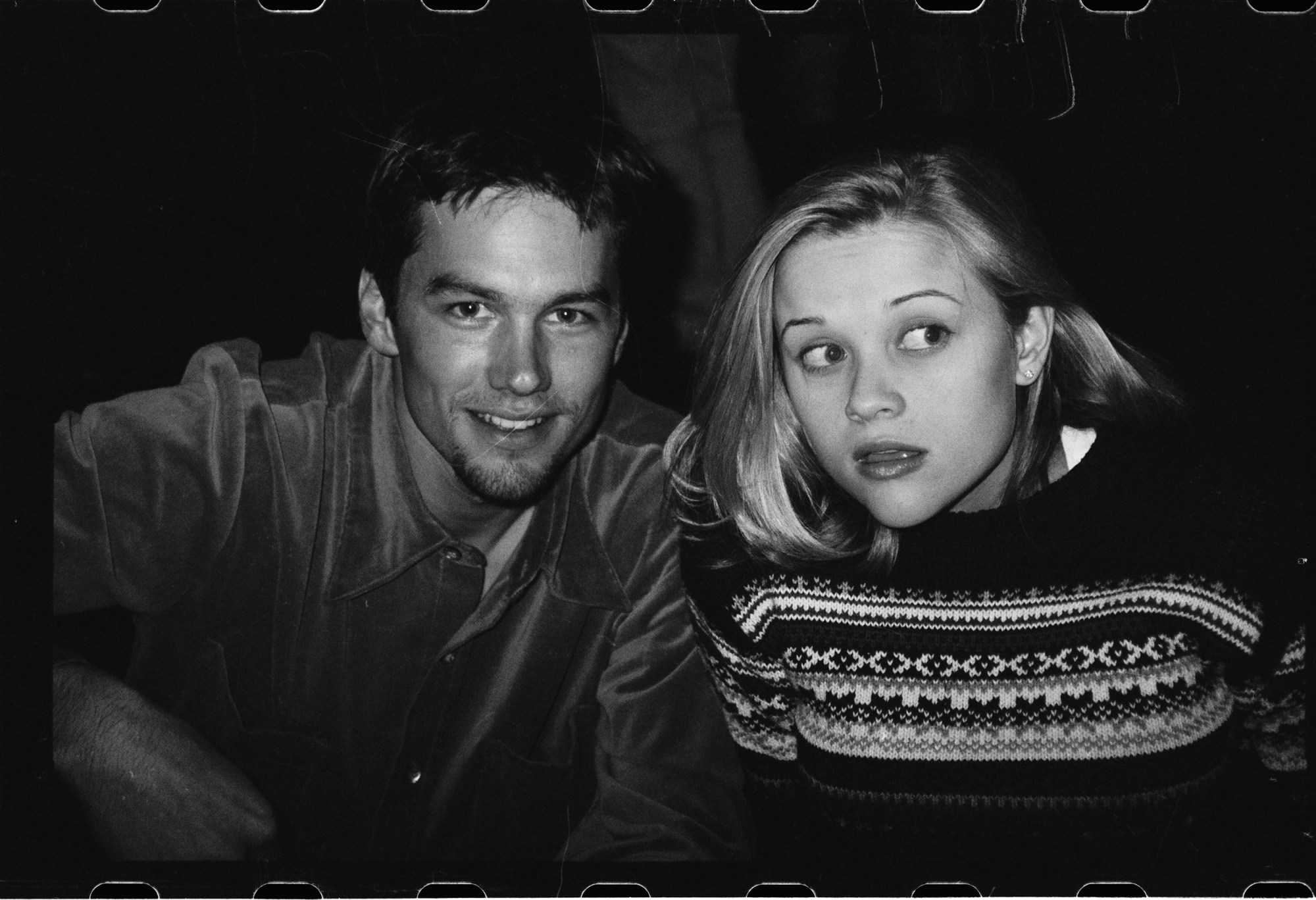
What does the name We All Want Something Beautiful mean to you?
Well I was always a fan of that line from the song “Mr. Jones”, I think it has such multi-level meanings. I mean aren’t we all reaching for some sort of beauty in our lives? Something that lifts us higher into the heavens and out of our everyday muck. Also, the song author Adam Duritz is a dear friend of mine and is featured numerous times in the book.
How did you end up running in the same circles as all the celebs on the cusp of fame?
LA gives the illusion of being a big city but in actuality it’s a small company town. Everyone knows everyone and in essence we all work in the same factory. The “showbiz” factory. When you are young and running around Hollywood every night chasing parties and girls and life you meet everyone. I would go out to clubs a lot and meet other struggling artists and you all hang together and then you look back 25 years later and those young adults became legends.
Why did you decide to publish these photos now, alongside some of your more recent fashion photographs and portraiture?
I felt the time was right. I’d been approached numerous times over the years but I didn’t think enough time had passed to give the pictures any power. There needed to be distance. I also wanted to include my portrait work because I think there is a direct link between the snapshots I took before I was a professional photographer and the photographer I became. The early snapshots show a love of composition and the spontaneous moment. I wanted to show the journey of an eye.
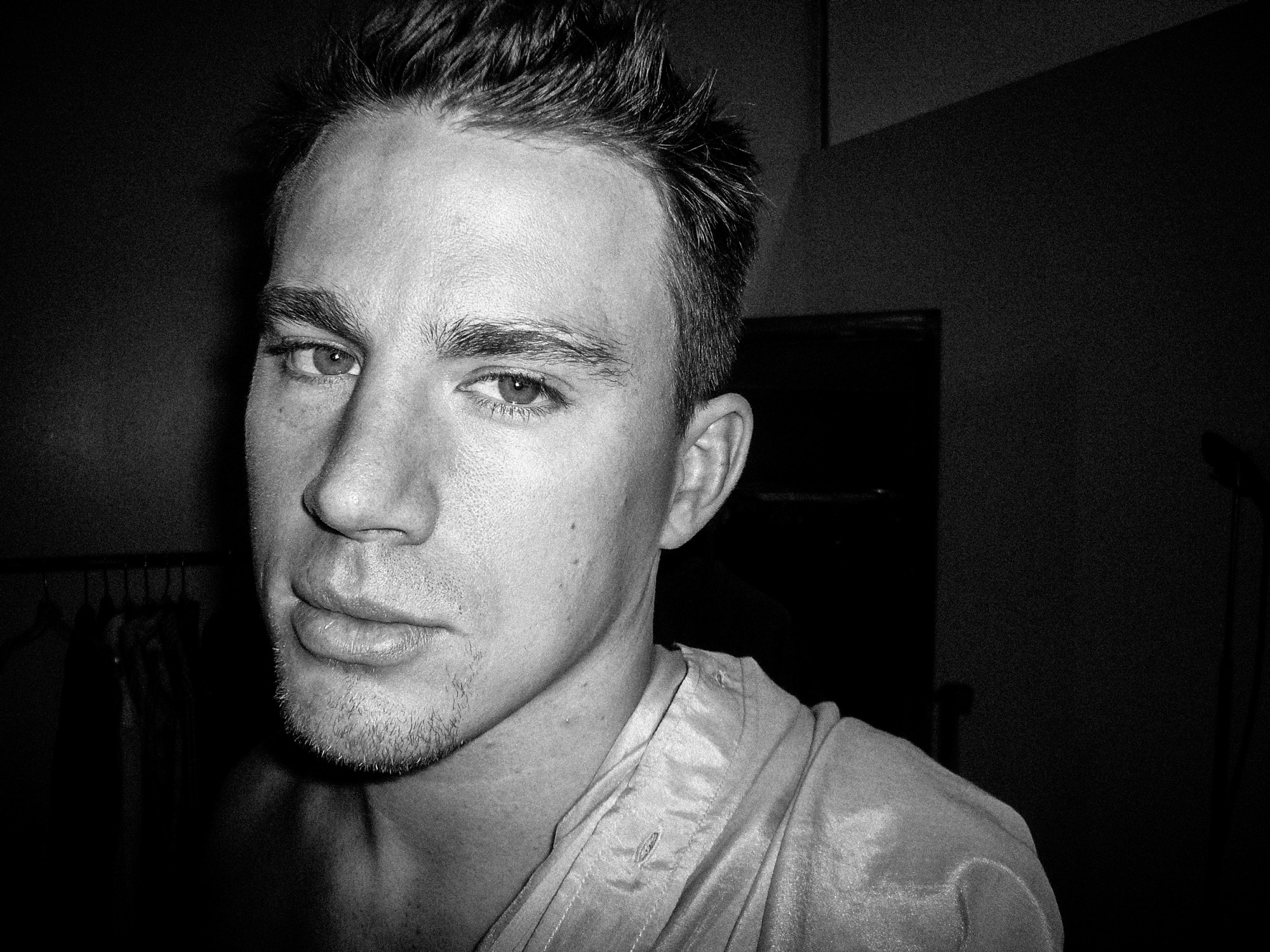
What happened at 90s celebrity house parties in LA?
The same thing that happens at a house party in Youngstown, Ohio or Portland, Oregon. It was just very late nights with a lot of cheap beer. Lots of laughing and heartbreaking and crushing. The bank accounts might be different and their cars might be nicer but house parties are always the same.
You went to a few parties at the Playboy mansion! You say they got darker towards the mid-2000s, how did they change?
When Hefner became single again and opened up the mansion it was incredibly exciting. My generation had never experienced anything like that. For a few years there it was absolute debauched heaven. But, like the Frost poem says “nothing gold can stay” the crowd got a little less glamorous and it just seemed to get a bit sleazier and sadder. Towards the end I would be sitting there with my friends and we would be looking at each other astonished that we were actually bored at the Playboy mansion. However, for a few years it was fantastic. Incredible memories.
Do you have an image from the book that means the most to you?
The two snapshots that mean the most to me are the ones touched by tragedy and family. There is a beautiful snap of Chris Cornell and his family backstage that I just adore. Chris and his wife Vicky and his children Toni and Christopher are walking backstage into the late afternoon sun. I made a print of it years ago and gave it to the Cornells. Another is a photo of Scott Weiland playing with his very young daughter Lucy. I love that picture because it’s a side of Scott the public never got to see. You know, going through all these old proof sheets to compile this book I was so saddened by the amount of people we lost. So many lives lost and families devastated by addiction. It was really shocking.
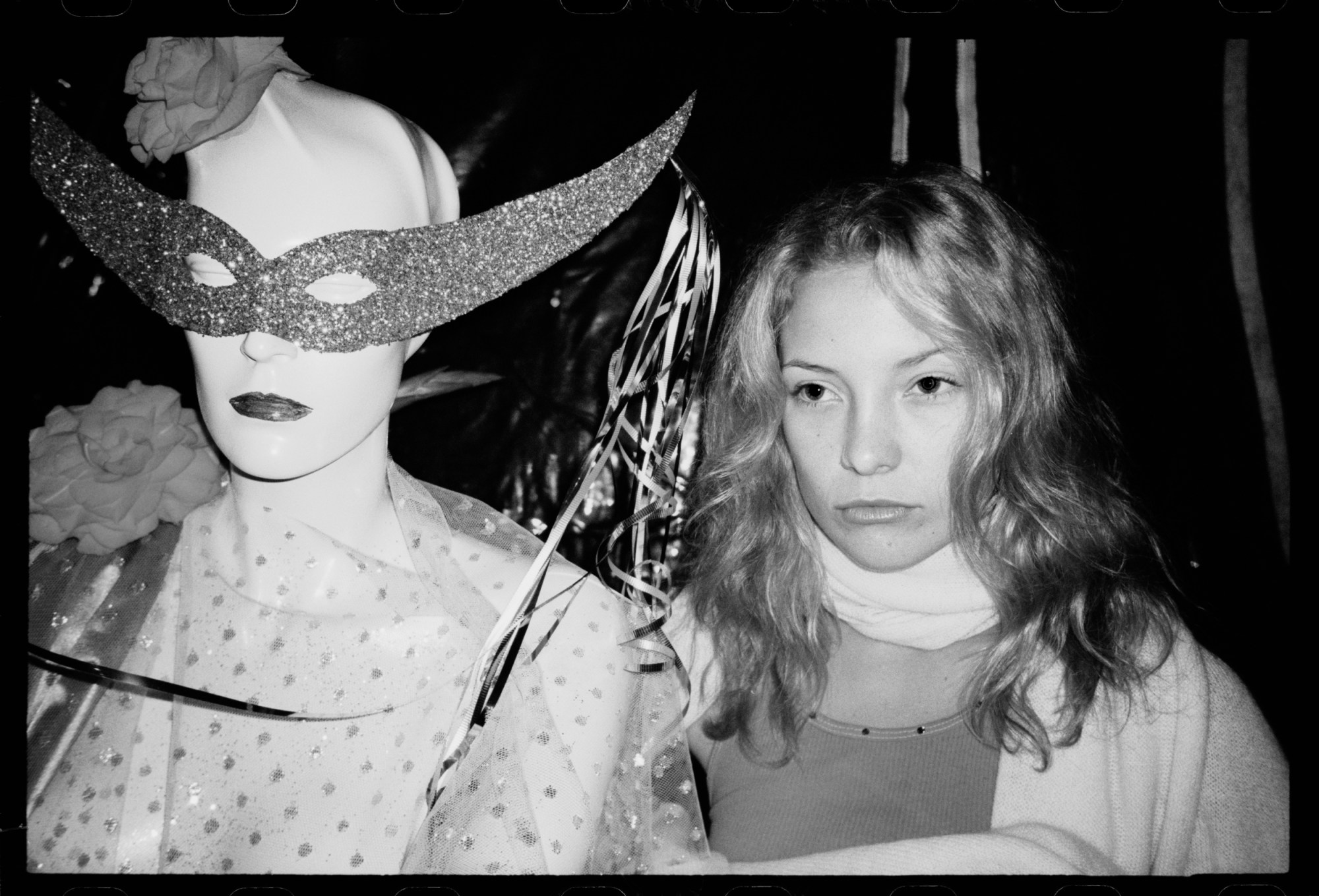
What’s it like going back and photographing a friend once they’ve “made it” compared to when they were just starting out in the industry?
Its great! The times that I have been hired to shoot someone I knew back before they blew up is always such a treat. There is a familiarity and an ease to it. A shorthand I guess you could say. Fergie and I were doing a shoot for a big magazine and I kept calling her “Stacy”. Someone on her team mentioned that her name is Fergie now and she defended me; “He’s known me long enough. He can call me Stacy.” Haha.
Documentation and consumption of celebrity culture has changed so much since the era of these images, do you think Hollywood has lost that exclusivity and glamour it used to hold because of it?
One hundred percent! When celebrities are posting videos of them at the dentist, where is the glamour in that? There is such an insatiable hunger to see celebrities “just like us” it’s nauseating. “Oh wow look, Beckham has to pick up his dogs poop! Wow! I thought he had a special dog shit handler!” I like my movie stars and my rock stars mysterious and removed. I don’t want to see Ozzy as a shuffling father. I want him to remain The Prince Of Darkness.
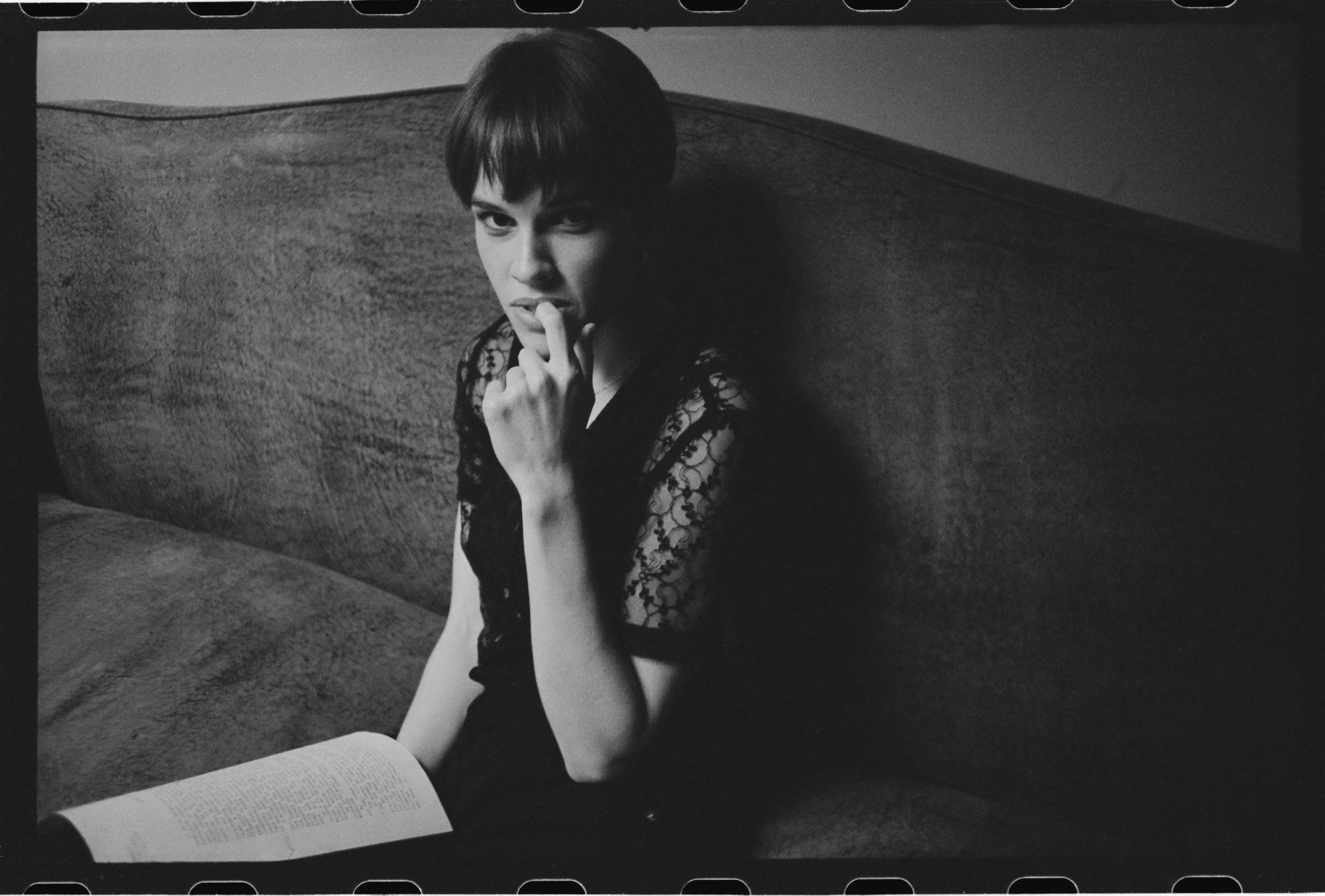
What are the biggest differences in working with and photographing millennial starlets compared to photographing those from the 90s/early 2000s?
Oh jeez. The difference is, when shooting someone now you need to wait for them to do their Boomerangs and their Instagram stories before you can actually get them to focus on the job at hand.
Do you think social media can capture that glimpse into celebrity lives in a similar way to how you did before it existed? Or will it always be too curated?
Theres just too fucking much out there now! Too many images! Too much of everything! Think of the great stars of the pre-internet/social media age; Madonna, Prince, Marilyn Monroe, James Dean. I can’t think of a non-iconic image of those people. I can’t think of one single image of Lady Gaga. What’s the one image of Beyoncé? Now I sound like one of those grumpy old men, sorry.
What’s your preferred type of photography today, fashion photography, portraiture or photojournalism?
I love portraiture. I love getting to connect with someone. Trying to steal a piece of them. I do agree with the ancient tribes that taking someone’s picture steals a piece of their soul.
Who is your dream portrait subject?
Oh I actually have a list: Barack Obama, Yoko Ono, Bono. That’s a good sampling. Hey i-D, can we make these happen?

